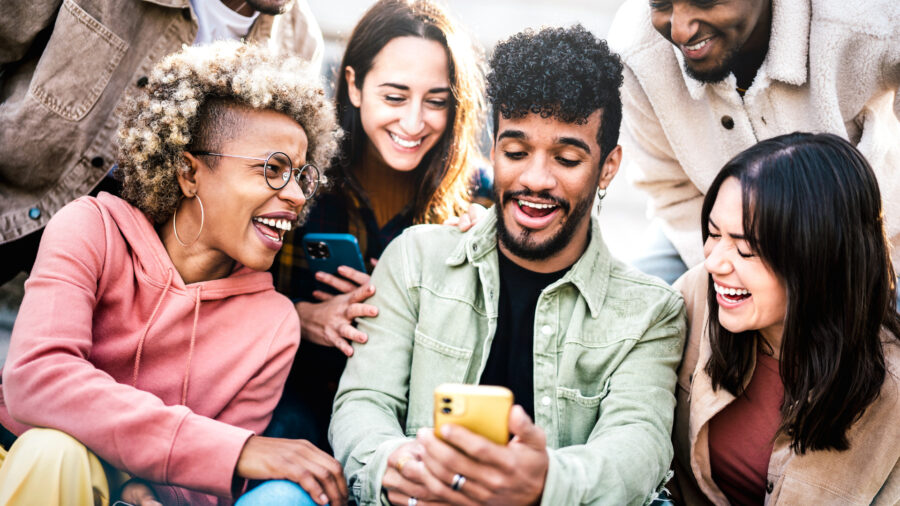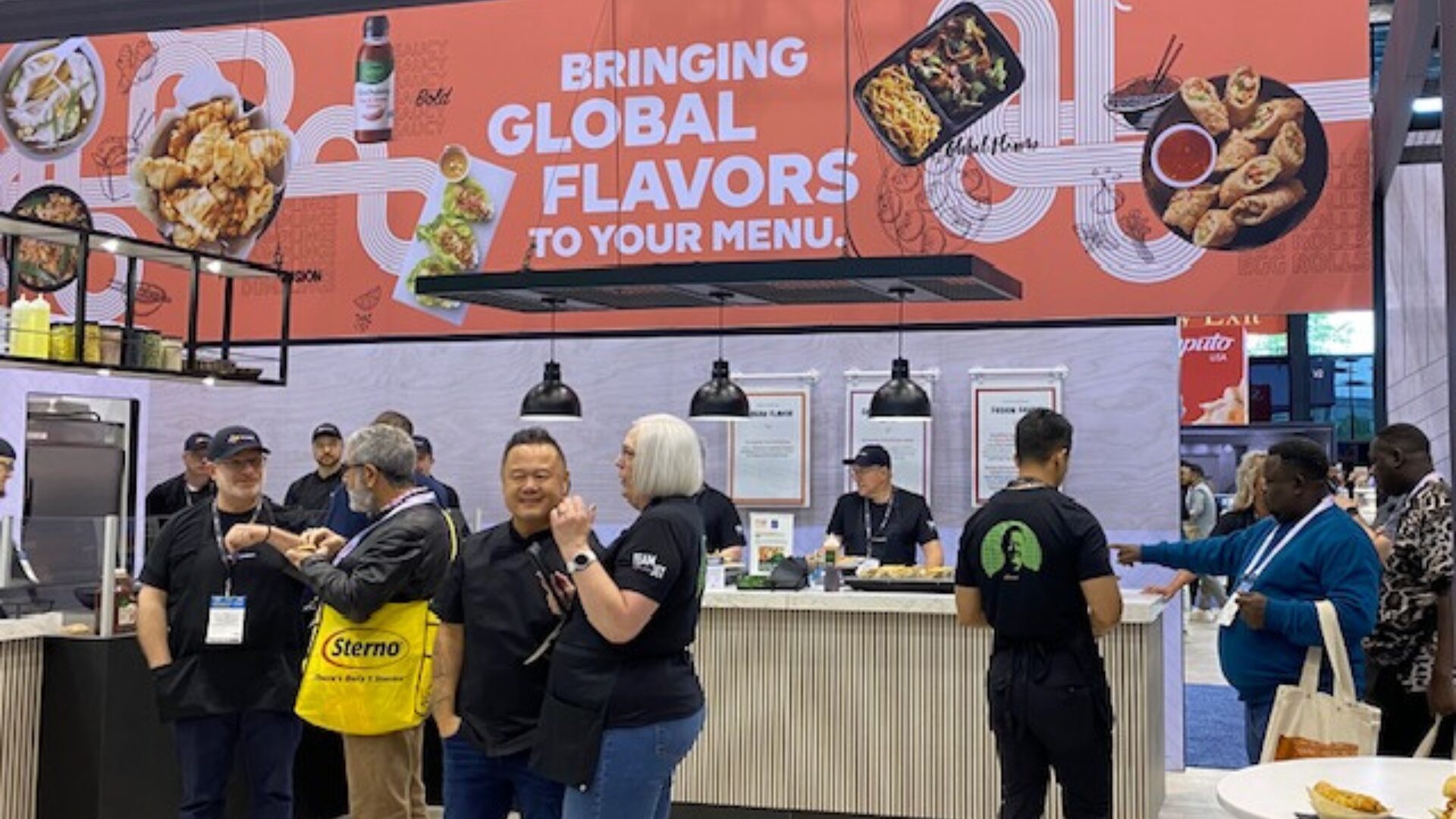Gen Z and millennials may be coming into their own, but those aged 18-43 differ markedly from both Gen Xers and baby boomers when it comes to restaurant habits, and attitudes toward loyalty programs.
A recent survey of 2,000 adults conducted by OnePoll indicates 41% of Gen Zers and millennials suffer “menu anxiety” when ordering from a restaurant compared to 15% of Gen Xer and baby boomers. Meanwhile, an incogni survey of 1,000 adults indicates Gen Zers are more into loyalty programs than their elders, believing they save significantly through such offers.
Gen Z’s Unique Characteristics
McKinsey Quarterly noted Gen Z will make up more than a quarter of the global workforce by 2025 and members of this cohort have different ideas about compensation, career development, workplace flexibility and purpose than employers encountered with earlier generations.
Gen Z is far more concerned about hostile work environments, mental health, access to transportation, physical health, the inability to show who they truly are and an easy commute. They also don’t want to just fit in, willing to spend on luxury items if that will make them stand out. The cohort puts much more stock in social media than other types of influence even though it has taken a toll on mental health.
Talker.news noted that OnePoll’s survey found nearly half of younger Americans (47%) often wait for others to place their restaurant orders so they can see what the meal looks like and nearly a quarter (24%) said they always check the menu before going to a restaurant.
Taste and cost were the most important factors in meal selection, followed by time needed for preparation, whether the meal would be messy and the environmental impact, the last of major concern to a fifth of Gen Z and millennials. The “vegan” and “vegetarian” labels were a big draw for younger Americans (39% and 34%, respectively) compared to 15% and 17% of Gen X and baby boomers.
Looking for Loyalty
Some 90% of businesses currently offer loyalty programs and reap the benefits of gathering user data, which then is sold to third parties, incogni noted. Of three of the 12 loyalty programs examined — McDonald’s, Starbucks and H&M – McDonald’s was the best deal for consumers, offering a 20% return, while Starbucks returned 4.6 cents for every dollar spent and H&M returned $2.50 in store credit.
Perception, however, is everything.
“There seems to be a disconnect between how much people think they save versus how much they actually do. The bottom line: Consumers think they save $56 [average] but would really have to spend hundreds — sometimes thousands — of dollars a month to reach such savings,” incogni said in a blog post.
Incogni estimates you would need to spend $1,200 at Starbucks and $281 at McDonald’s to save $56 a month. Gen Z respondents thought they saved $58.90 a month while millennials thought they saved $57.10.
Gen Z and millennials were most comfortable with sharing their personal data, including sensitive personal information, geolocation, biometrics, electronic network activity and identifiers.
The Food Institute Podcast
Innovation isn’t accidental; companies that successfully innovate are rigorous and disciplined. SnackFutures Mondelez insights lead Barbara Schandl joined The Food Institute Podcast to discuss food innovation strategies in 2023 and shared her viewpoints on uncovering team members’ hidden skills and how curiosity is key for food industry success.












